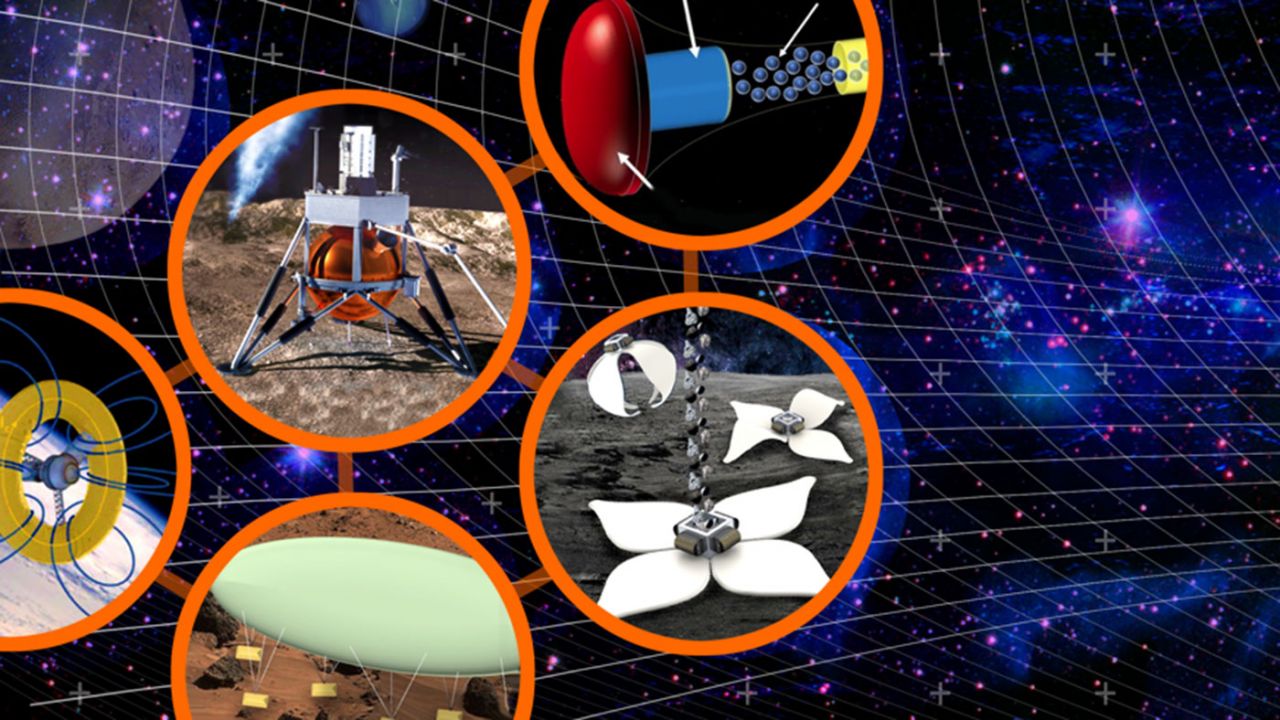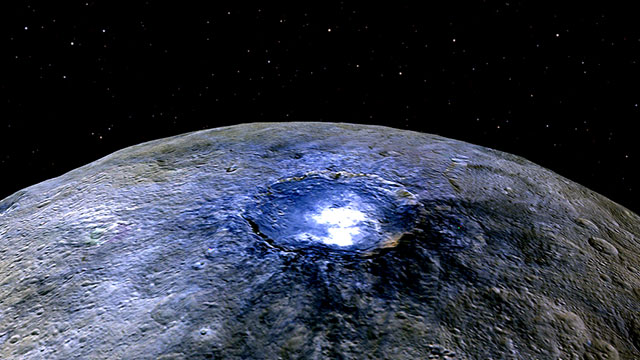 Getting an astronaut into Earth orbit is the first baby step in moving human beings off of planet Earth, and sometimes it seems like we’ll never take a second one. So while we just hang around, endlessly circling, waiting impatiently for humans to get a move on, there are (fortunately) still lots of ways to take advantage of being up there.
Getting an astronaut into Earth orbit is the first baby step in moving human beings off of planet Earth, and sometimes it seems like we’ll never take a second one. So while we just hang around, endlessly circling, waiting impatiently for humans to get a move on, there are (fortunately) still lots of ways to take advantage of being up there.
Human spaceflight capability evolved quickly from the largely untried, high-risk days of the “Right Stuff” X-15 test pilots of the 1950s, to the rapid, and often painful, maturing of near-Earth expertise during NASA’s projects Mercury, Gemini, Apollo-Soyuz, Skylab, Space Shuttle and finally the International Space Station. (With an astonishing, but ultimately short lived, nine side trips to the Moon during Program Apollo forty-plus years ago. In some ways, unfortunately, Apollo was too far ahead of its times.)
But thanks to those programs, as well as to the multiple launches of the Russian human space program over that same period, the technology of Earth orbit spaceflight has matured, become affordable, and to a degree commoditized, which has opened access to near-earth space to many other nations and private enterprises.
So in the 21st Century, what are the benefits of near-Earth operations to these new pioneer space-faring nations and citizens?
 First, it’s relatively easy to get someone up there (now that we’ve spent the last 60 years learning how to do it). Multinational space efforts are possible even if each nation has differing launch capabilities. The construction of large and complex spacecraft while in orbit can be done using components and crews from various nations (with Exhibit A being the assembly of the International Space Station).
First, it’s relatively easy to get someone up there (now that we’ve spent the last 60 years learning how to do it). Multinational space efforts are possible even if each nation has differing launch capabilities. The construction of large and complex spacecraft while in orbit can be done using components and crews from various nations (with Exhibit A being the assembly of the International Space Station).
Not only career astronauts, but civilian scientists, engineers, and technology specialists can make the journey into space and take advantage of the singular research environment there. That unique setting includes weightlessness, microgravity, a unique platform for biological and chemical research, and deep space astronomy beyond the saddling restrictions of the Earth’s atmosphere. Orbital space is also a test laboratory for human spaceflight. Earth orbiting habitats provide humans a “base camp” for planned longer space voyages to the moon, the asteroids, and beyond, as well as, over time, the first “permanent” move of humans off of the Earth.
And what about the “groundlings”? How do the stay-at-home taxpayers benefit from orbital spaceflight?
 From a practical point of view, over the last half-century (starting with the U.S. launch of Telstar in 1962) citizens of every nation have already benefited greatly from Earth orbit operations: worldwide video and telecommunications networks; telephone and TV coverage without ground network infrastructures and with relatively low communications time lags; commercial and private aircraft navigation and collision avoidance; worldwide positioning networks (i.e. GPS and its international brethren); weather forecasting and hurricane prediction; world-spanning yet detailed examination of Earth and its ecosystems. And, depending on one’s view of its benefits, secret and highly sophisticated surveillance systems that allow us all to spy on each other.
From a practical point of view, over the last half-century (starting with the U.S. launch of Telstar in 1962) citizens of every nation have already benefited greatly from Earth orbit operations: worldwide video and telecommunications networks; telephone and TV coverage without ground network infrastructures and with relatively low communications time lags; commercial and private aircraft navigation and collision avoidance; worldwide positioning networks (i.e. GPS and its international brethren); weather forecasting and hurricane prediction; world-spanning yet detailed examination of Earth and its ecosystems. And, depending on one’s view of its benefits, secret and highly sophisticated surveillance systems that allow us all to spy on each other.
And then there are the lofty and less tangible benefits of national prestige of the spacefaring nations, and spirit-uplifting occasions of true international cooperation.
Those are benefits are from the first 50 years of orbital spaceflight. What will the next 50 bring, now that humans are working up there too? If the studies and prototyping currently being done aboard the International Space Station are any indication, quite a lot! In later blogs I’ll talk about the leading-edge (and seriously cool) science and technology research underway on ISS. However, in the words of Space Shuttle Astronaut Mike Mullane:
Whatever comes in the distance…as in hotels in space, tourist visits to the moon, etc. (the stuff of science fiction right now), the “grandfather” of all of it will be the ISS. It’s there that astronauts are learning how to build and maintain long-duration space structures, as well as understanding what happens to the human body, long-term, in space. Some of that research may seem mundane now, but I suspect most science is just that…mundane, until the breakthrough happens.
I just wish I had 20-20 vision for the next 100 years in space. Hopefully I wouldn’t see humankind still stuck in earth orbit with capsules!
Copyright 2015 Dandelion Beach LLC Images: NASA, European Space Agency
(Editor’s note: Listen to the Tornados perform Telstar, a song written to commemorate the launch of that satellite – <iframe width=”560″ height=”315″ src=”https://www.youtube.com/embed/ryrEPzsx1gQ” frameborder=”0″ allowfullscreen></iframe>











Recent Comments